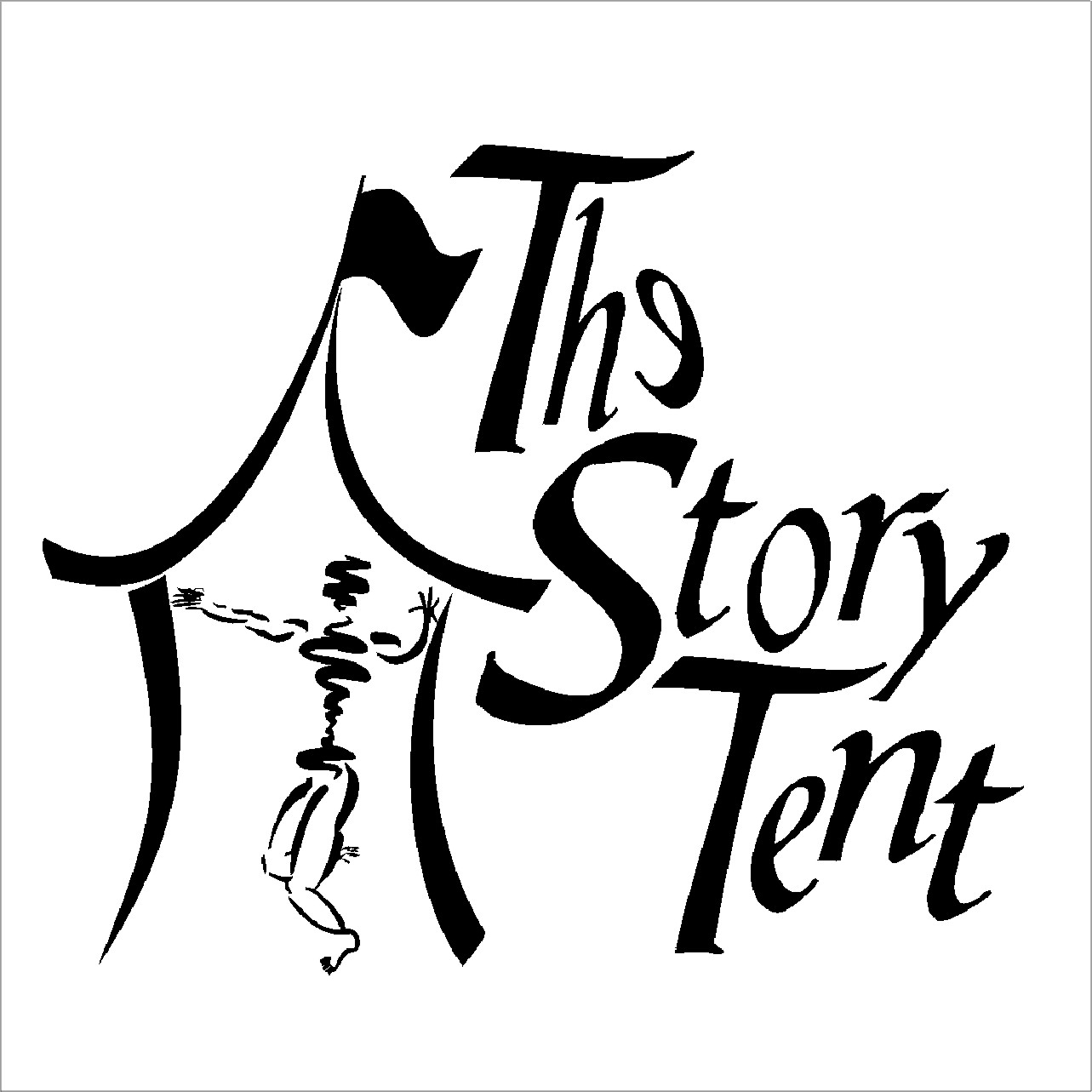Storytelling takes place between people and happens somewhere. When we watch a You Tube video of someone telling a story, we are not taking part in a storytelling event, but are watching a recording of such an event. On my own You Tube channel you will find some examples where I have recorded stories to a microphone, but this is something with which I am very uncomfortable as, for me, storytelling is a social activity in which there is real two-way communication between teller and audience - something that clearly can't be achieved when listening to a recording. The expert in early years education, Vivian Gussin Paley, has described storytelling as, 'the social art of language' (1990:23), and ever since I came across it about ten years ago, this phrase has been my favourite way of describing storytelling. But experience (as well as theoretical perspectives) suggests that how we arrange the space for storyteller and audience has a large impact on how this 'social art' plays out.
Below are some diagrams to explain what I mean:

This is the traditional way that seating is laid out in straight rows (typical in many settings). The arrows show the orientation of the audience's bodies - which means the orientations of their spines... This means that, apart from those immediately in front of the storyteller, people will have to turn their necks and put their spines out of alignment in order to look at the teller, and after a while it is inevitable that their bodies will be telling them to realign spine and head. I would suggest that this can lead to people shifting a lot during a telling, and a lot of fidgeting that can get in the way of people being able to enter the 'story world'.

The circle is often thought as a positive arrangement for small to medium groups because it seems to be democratic, with everyone facing towards a common centre. This may be true for groups where people will take turns in storytelling, but it does present problems for both audience and tellers. First of all, that common focus at the centre means that no-one's body is oriented towards the storyteller (unless they twist in their chair), and the head will want to realign with the spine and face the centre of the group.

The other issue with the circle concerns the storyteller. When talking to a circle, it is usual to speak to those with whom you can make eye-contact without having to twist your neck. This means that those who are closest to the teller rarely, if ever, get the eye contact from them, affecting the effectiveness of the communication with those people. Of course, if you are aware of this, you (as the teller) can turn to those at your side, but this tends to need conscious effort. Sometimes a circle is the best arrangement because of the group or setting (for instance, if the story is going to be followed by group discussion), but by choice, I will try to organise the group in an arc:

In the diagram above the audience's spines are all oriented to the teller (who is the focus of the group), which means that they should be comfortable as they listen. With the audience all facing the storyteller, and not being outside his/her peripheral vision, s/he can easily make eye-contact with everyone in the group
As a storyteller and a regular audience member at storytelling events, I think that there is a real difference in the dynamic created by either the straight row, circle or arc. When I can organise how an audience sits, I think of the architecture of Robert Maguire. Maguire designed some significant churches in the the second half of the twentieth century, and his philosophy was that the people should sit within the embrace of the priest when he (and it was 'he' in those days) raised his arms in the service to say 'The Lord be with you'. While I don't say,'The Lord be with you' as I do it, I do raise my arms and make sure that the audience is seated between them (see the diagram below).

In schools, I put ropes down on the floor between which the children can sit in concentric arcs, and in the club, I arrange the chairs this way before the club members come in. With the audience arranged in this configuration, I can make not only make eye-contact with everyone, but I can also see the micro-signals that they give off as they signal their approval/sympathy/disquiet etc. with the narrative. In other words, this arrangement is the best, I would suggest, to facilitate storytelling as 'the social art of language.'
References:
Gussin Paley, V. (1990) The boy who would be a helicopter: the uses of storytelling in the classroom Cambridge, Mass: Harvard University Press



